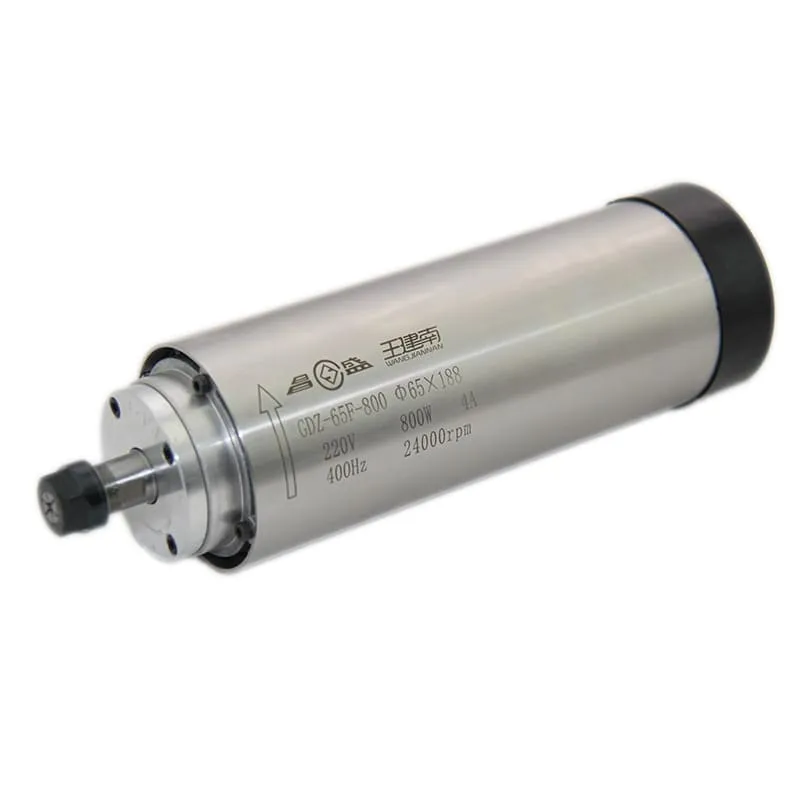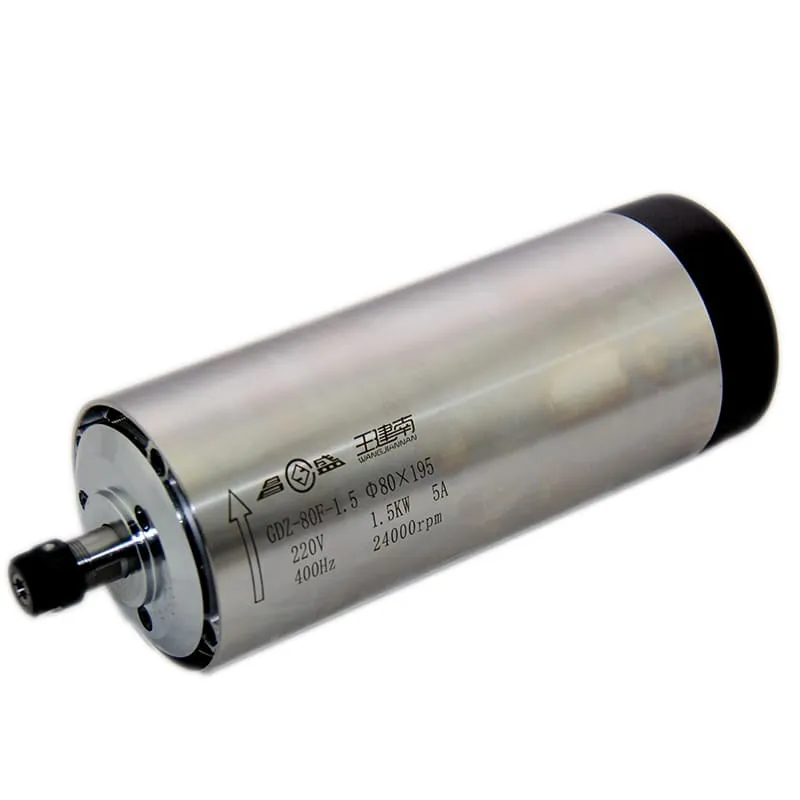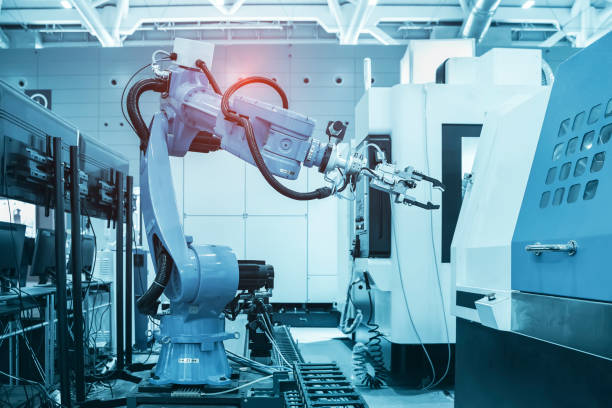How to Learn CNC Programming
CNC programming is an essential skill for anyone working in modern manufacturing. It allows you to control CNC machines (Computer Numerical Control) to create precise parts for various industries, from aerospace to automotive. If you’re interested in mastering CNC programming, you’re in the right place. In this comprehensive guide, we will explore how to learn CNC programming from scratch, what tools and software are needed, and the different types of programming involved. Let’s dive into the steps you can take to become proficient in CNC programming, making you ready to join the manufacturing workforce or even launch your own projects.
What is CNC Programming?
CNC programming involves writing a series of commands that control the movements of a CNC machine. These commands, known as G-code, tell the machine how to perform specific tasks, such as cutting, drilling, milling, and more. CNC programming allows manufacturers to create parts with high precision and repeatability, which is especially crucial in industries like aerospace, automotive, and electronics.
Key Elements of CNC Programming
- G-code and M-code: G-code is the primary language used to control the tool movement, while M-code is used for auxiliary functions like turning on the spindle.
- CAD and CAM Software: CAD (Computer-Aided Design) software is used to create the part design, while CAM (Computer-Aided Manufacturing) software converts the design into G-code that the CNC machine can execute.
- Tool Path Planning: The sequence in which the machine moves to create the desired part is crucial for efficiency and quality.
For precision tasks in CNC programming, check out our 2.2KW ER20 Air-Cooled Spindle, which provides excellent stability and accuracy for CNC machines.

The ER20 Spindle ensures precision in high-quality CNC programming tasks.
Understanding G-code and M-code
G-code is the language that directs the CNC machine’s movements, while M-code is used to manage auxiliary functions. Learning these two types of code is fundamental to understanding how to operate a CNC machine.
Basics of G-code
- G00: Rapid movement without cutting.
- G01: Linear cutting at a controlled feed rate.
- G02/G03: Clockwise (G02) or counterclockwise (G03) circular cutting.
- G17, G18, G19: Plane selection codes for X-Y, X-Z, and Y-Z respectively.
Basics of M-code
- M03: Start spindle rotation clockwise.
- M05: Stop spindle rotation.
- M08/M09: Control coolant on/off.
Understanding these commands allows you to create detailed instructions for the CNC machine, optimizing the machining process for efficiency and quality.
For advanced CNC programming, consider our 3.5KW ER25 Air-Cooled Spindle, ideal for precision-intensive operations.

The ER25 spindle is perfect for handling more advanced G-code operations.
Tools and Software Needed to Learn CNC Programming
To learn CNC programming, you’ll need to familiarize yourself with various tools and software. Let’s explore the most essential resources.
1. CAD and CAM Software
- CAD Software: Used to create the digital model of the part to be manufactured. Popular programs include AutoCAD and Fusion 360.
- CAM Software: Converts the CAD model into G-code. Software like Mastercam and Edgecam are commonly used in the industry.
The integration of CAD and CAM helps to seamlessly design parts and generate the necessary code to produce them on a CNC machine.
To ensure your CNC machine operates smoothly with CAD/CAM software, consider our 4.5KW ER32 Air-Cooled Spindle.

The ER32 Air-Cooled Spindle supports a range of operations, making it versatile for CAD/CAM-driven CNC processes.
2. CNC Machine Controllers
CNC machine controllers interpret the G-code and execute the operations. Popular controllers include Fanuc, Siemens, and Mach3. Each of these controllers has its interface and requires specific training, but understanding one will make it easier to adapt to others.
3. Measuring Tools
To ensure precision, CNC programmers often use a variety of measuring tools, such as calipers, micrometers, and dial indicators. Measuring the part during and after machining ensures that all tolerances are met.
Step-by-Step Guide to Learning CNC Programming
If you’re starting from scratch, it can be overwhelming to figure out where to begin. Here’s a step-by-step guide to help you learn CNC programming effectively.
Step 1: Learn the Basics of Machining
Before diving into CNC programming, it’s important to understand basic machining principles. This includes knowing about different cutting tools, materials, feeds, and speeds.
- Cutting Tools: Familiarize yourself with end mills, drills, and other tools used in machining.
- Feeds and Speeds: Learn how the feed rate and spindle speed affect the quality of the final product.
Step 2: Get Familiar with CAD Software
Start by learning CAD software to design parts. CAD software allows you to create a digital blueprint of the part you want to manufacture.
- Fusion 360: This software offers both CAD and CAM capabilities, which is great for beginners.
- AutoCAD: Known for its user-friendly interface, it’s a popular choice for those starting in design.
For creating high-quality designs, a stable spindle is crucial. Check out our 2.2KW ER16 Air-Cooled Spindle for optimal performance.

The ER16 Air-Cooled Spindle provides the stability needed for effective CNC machining.
Step 3: Learn G-code and M-code
Once you’re comfortable with CAD, move on to G-code and M-code. Start with simple codes and gradually progress to more complex commands.
- Practice Writing G-code: Write basic G-code by hand to understand the syntax and structure.
- Simulate the Code: Use CNC simulators to test your G-code before executing it on a machine.
Step 4: Use CAM Software for Tool Paths
CAM software is used to create the tool paths based on your CAD designs. This software will automatically generate G-code, making it easier to understand how the machine will operate.
- Simulation: Many CAM software options provide simulation tools, allowing you to visualize the machining process before starting actual production.
Different Types of CNC Programming
CNC programming isn’t one-size-fits-all; there are different types, each suited to particular applications. Understanding these can help you decide where to specialize.
1. Manual G-code Programming
This is the most basic type of CNC programming, where you write G-code and M-code manually. It’s a great way to understand the fundamentals of machine control.
- Pros: Offers complete control over every movement of the CNC machine.
- Cons: Time-consuming and prone to human error.
2. Conversational Programming
Many CNC machines come with a conversational interface that allows you to program parts without extensive G-code knowledge. This is ideal for simple machining tasks.
- Ease of Use: Conversational programming makes it easy to create basic parts by filling in simple forms on the machine’s interface.
3. CAM-Based Programming
Using CAM software is the most common approach in professional environments. It allows for the creation of complex parts with ease, as the software automatically generates G-code based on the CAD model.
- Advantages: Reduces programming errors and saves time.
- Disadvantages: Requires proficiency in both CAD and CAM software.
For CAM-based programming, you’ll need a reliable spindle. Our 800W ER11 Air-Cooled Spindle is an excellent choice for small-scale CAM operations.

The ER11 Air-Cooled Spindle is well-suited for precise CAM-driven operations.
Best Practices for Learning CNC Programming
Learning CNC programming can be challenging, but following these best practices can help you become proficient more quickly.
1. Practice Consistently
Regular practice is key to becoming proficient in CNC programming. Write G-code manually and run simulations to understand how different commands affect the machining process.
2. Start with Simple Projects
Begin by programming and machining simple parts. This will help you get comfortable with the entire process, from design to the final product.
3. Use CNC Simulators
CNC simulators are an excellent way to learn without the risk of damaging a machine. Programs like CNC Simulator Pro allow you to practice writing and running G-code in a virtual environment.
4. Learn by Doing
The best way to learn CNC programming is by actually using a CNC machine. Many community colleges and vocational schools offer hands-on courses that allow you to operate CNC machines under supervision.
For beginners, a reliable spindle is key. Our 1.5KW ER11 Round Air-Cooled Spindle is perfect for learning projects.

The ER11 Round Air-Cooled Spindle is ideal for simple learning projects, providing reliability and precision.
FAQs on Learning CNC Programming
1. How long does it take to learn CNC programming?
The time required to learn CNC programming depends on your background. On average, it takes about 3-6 months to gain proficiency with consistent practice and learning.
2. Is CNC programming hard to learn?
CNC programming can be challenging, especially at the beginning. However, with practice and a clear understanding of the basics, it becomes more manageable.
3. What are the prerequisites for learning CNC programming?
A basic understanding of machining, mathematics, and familiarity with computer operations are useful prerequisites for learning CNC programming.
4. Which software is best for beginners in CNC programming?
Fusion 360 is great for beginners as it combines both CAD and CAM functionalities, making it easier to go from design to G-code.
5. Can I learn CNC programming online?
Yes, there are many online resources, including video tutorials, online courses, and forums where you can learn CNC programming.
Conclusion
Learning CNC programming is a valuable skill in today’s manufacturing landscape, enabling you to produce parts with incredible precision and efficiency. From understanding G-code to using advanced CAD/CAM software, each step in the journey requires dedication and practice. Whether you’re looking to advance in a professional career or bring your own designs to

